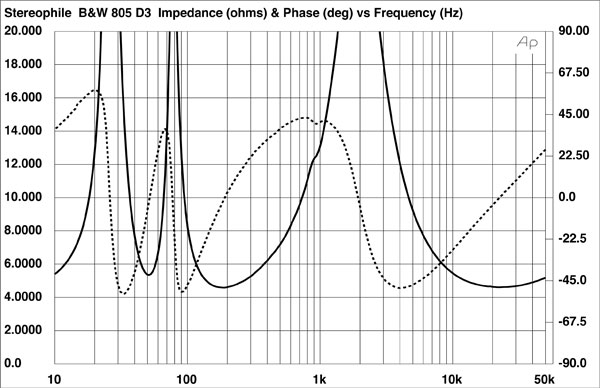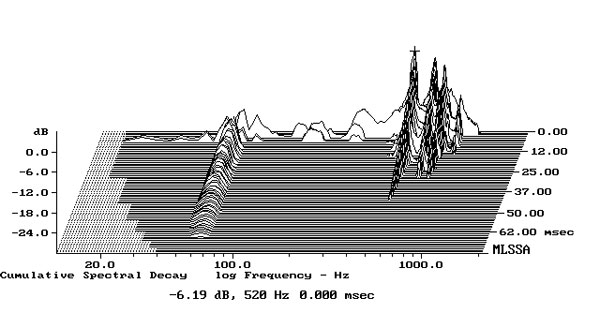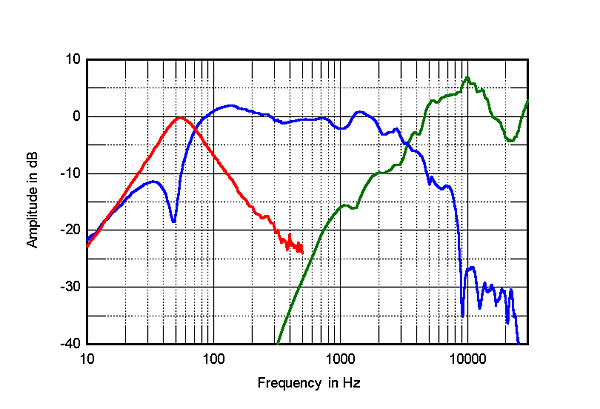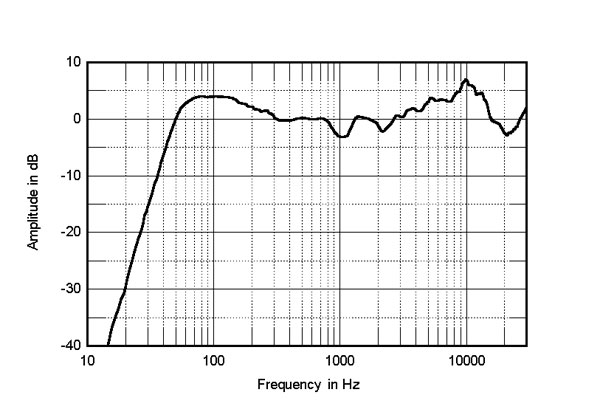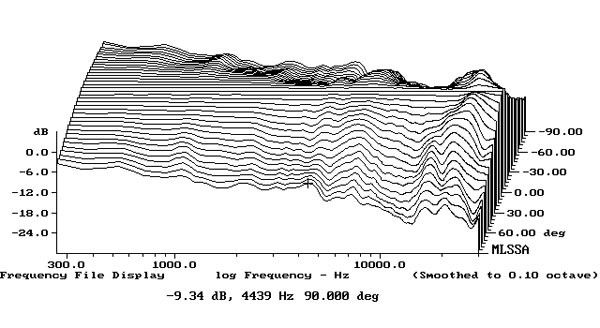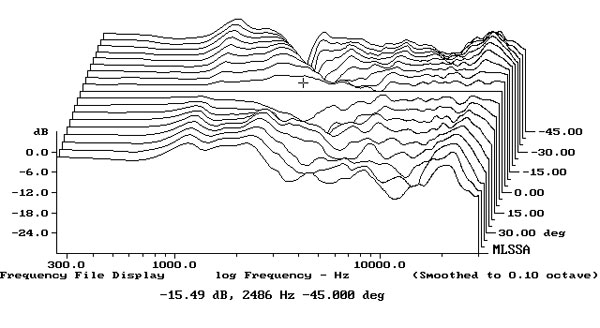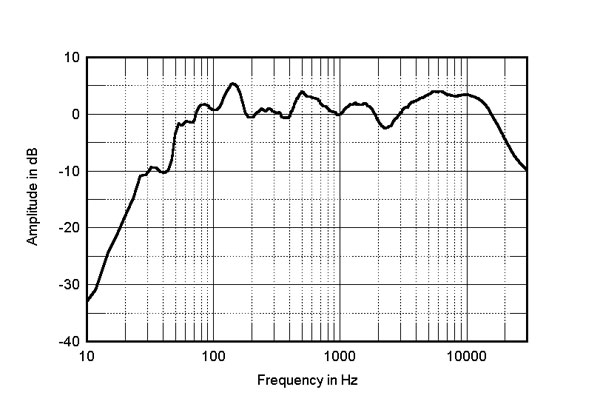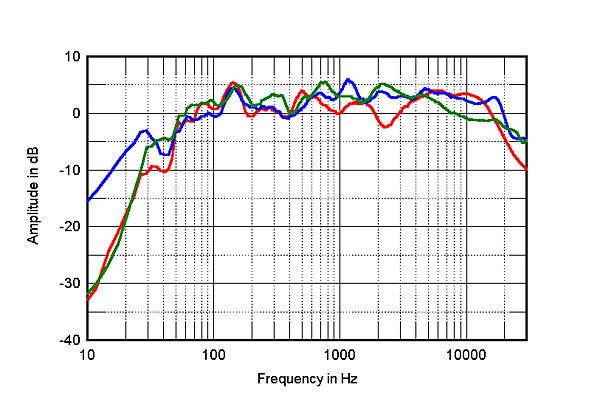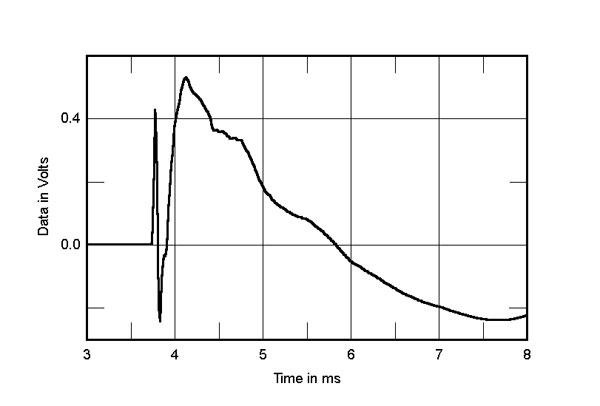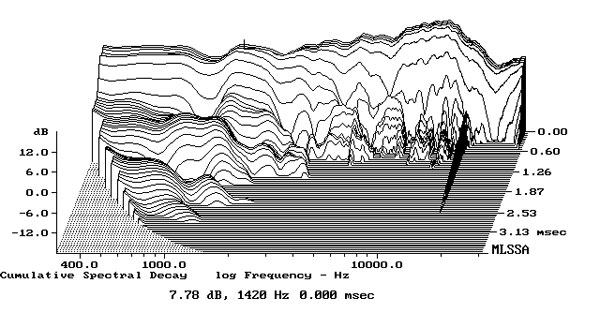| Columns Retired Columns & Blogs |
This will fascinating to read.
I just had access to a pair of Pro-Ac Tabletts & a pair of old Magnapan MG2s. I discovered both are still superb and exciting.
How much driver improvement is a darn good question for some brave soul to tackle, I give you full marks for suggesting it. I'll buy a second year's print subscription if you can answer it using your typically engineering based methods. Who else "could" handle this conundrum?
By the way, I was stunned by you calling-out the 21bit DAC design as being obsolete. Once again, I applaud you!
Tony in Michigan
ps. I'm about to go European and embrace all music delivery systems by buying a Linn DS server. I might even invest in a LP12 ( for old time's sake ) which I'll probably display in a sealed, nitrogen filled glass case. I'm hunting for an Ittok and Rosewood Red Koetsu ( not, but maybe a cute red nosed Asak that doesn't have to work ).
